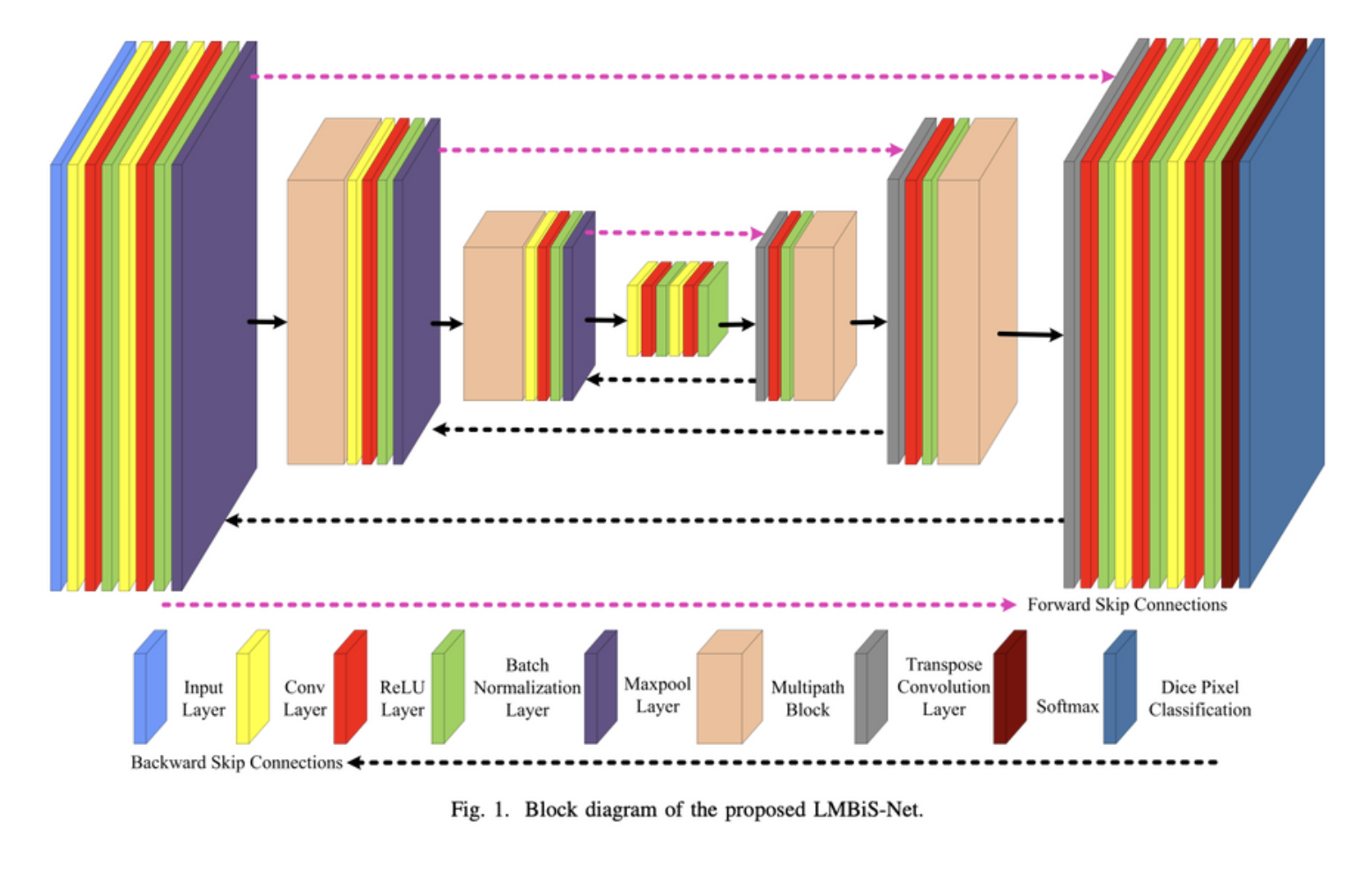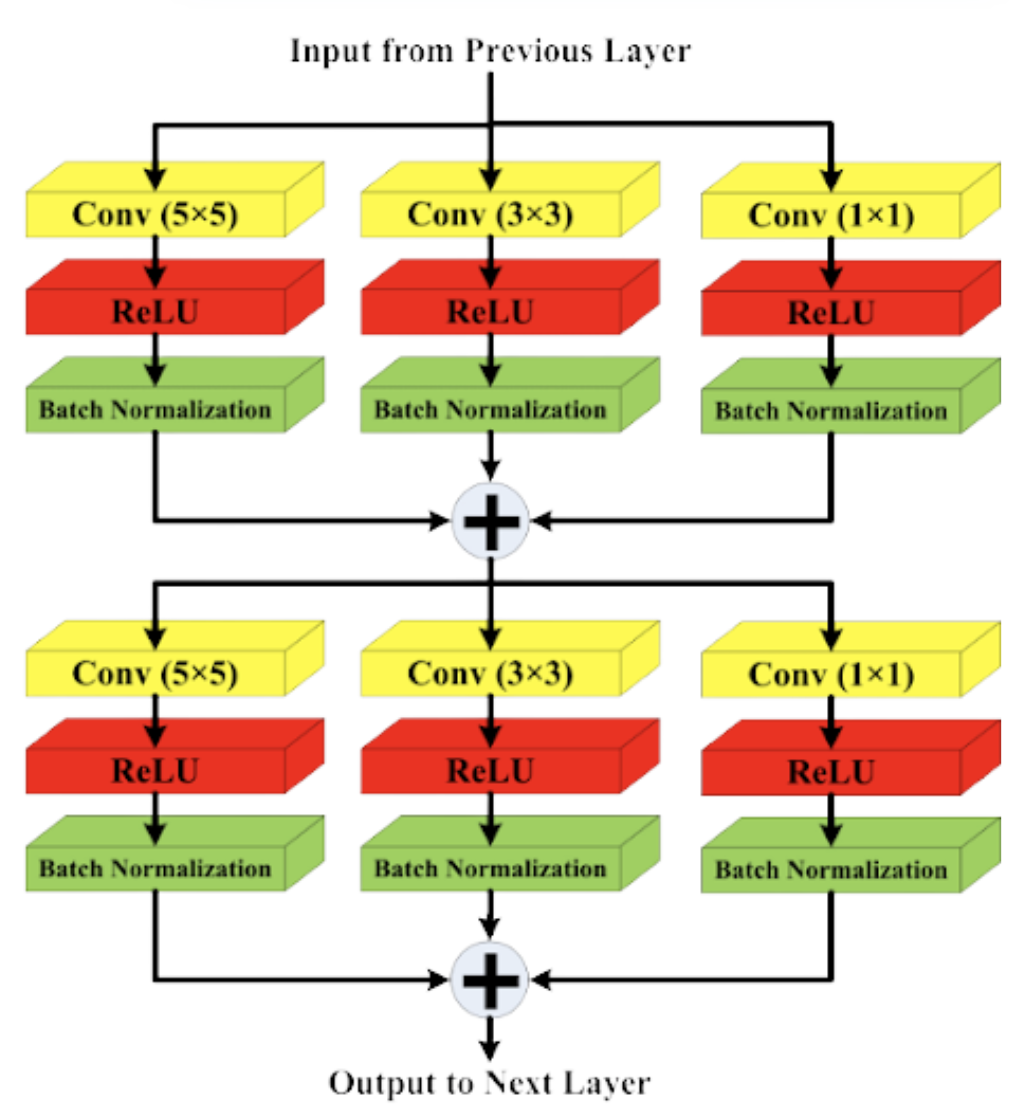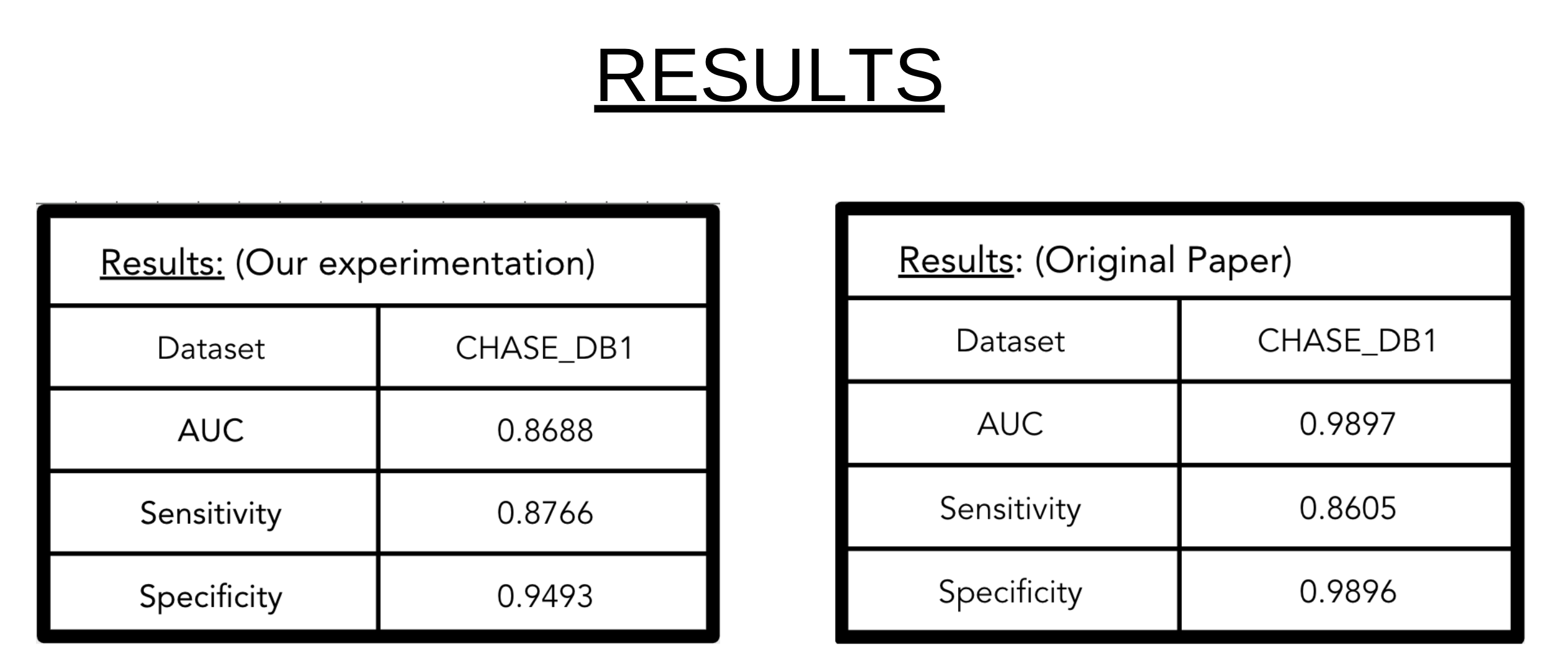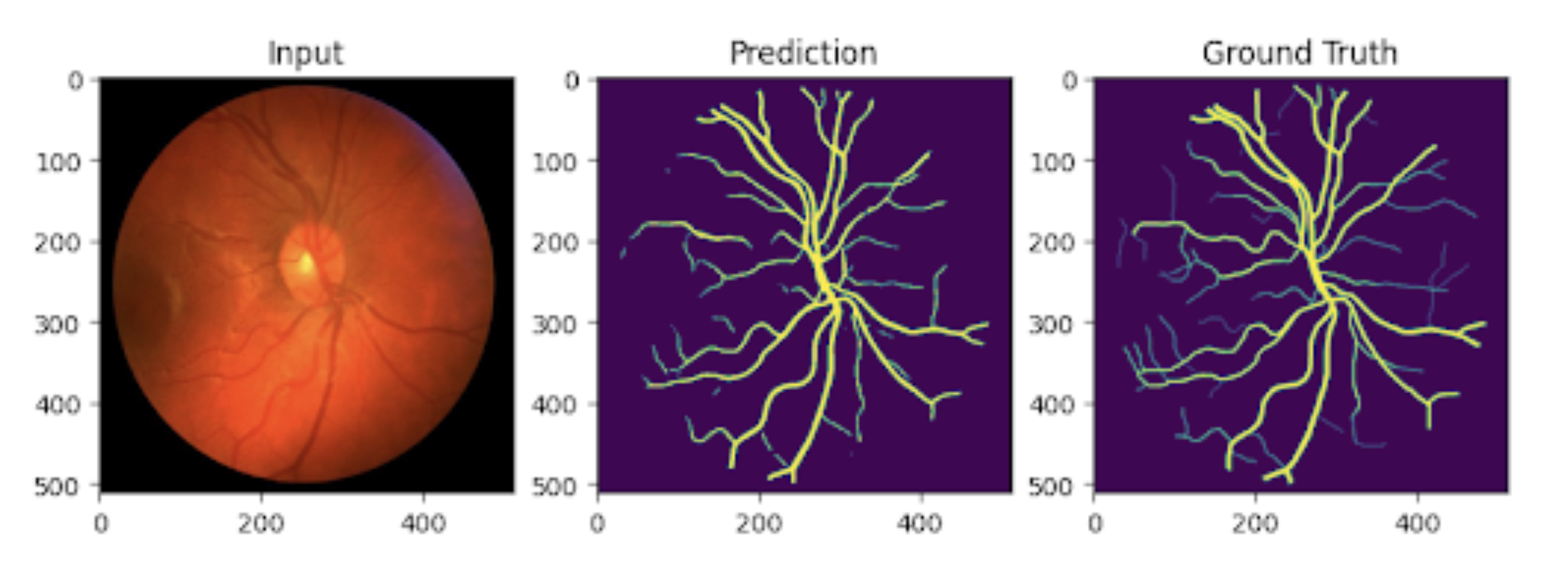
Implementation of Abbasi et al’s Paper: “LMBiS-Net: A Lightweight Multipath Bidirectional Skip Connection based CNN for Retinal Blood Vessel Segmentation”
Milad Farazian, Charlie Floeder, Rizq Khateeb, Harshit Shah, Yash Sharma
Original PaperProject Goal
To implement the LMBiS-Net model and confirm the findings presented in the original paper. Additionally, we aim to apply our implementation to a different dataset that was not used in the paper.
Project Importance
LMBiS-Net’s primary benefit is that it provides an accurate retinal blood vessel segmentation model that is computationally efficient compared to state-of-the-art models. This efficiency can assist ophthalmologists in early detection and treatment of retinal diseases, reducing manual effort and potential human error.
Retinal diseases are a major cause of visual impairment and blindness. Studies show that 5%-20% of the global population aged 40+ has retinal disorders. Examining retinal vessels provides critical insights into underlying medical conditions that contribute to these diseases.
LMBiS-Net Model
LMBiS-Net is a CNN consisting of three encoder blocks, a bottleneck layer, and three decoder blocks. The network uses multipath feature extraction blocks and incorporates bidirectional skip connections to enhance information flow between the encoders and decoders.

Multi-Path Feature Extraction Block
This component introduces feature diversity into the model, reducing overfitting and improving generalization. By using different-sized convolutions, the network captures both low-level and high-level features crucial for blood vessel segmentation.

Project Contribution
We created the first publicly available implementation of LMBiS-Net and developed code to augment retinal images, increasing the size of training datasets. Our findings support the original paper’s claims that LMBiS-Net is a computationally efficient and accurate state-of-the-art model for retinal blood vessel segmentation.
Results

Comparison of AUC, Sensitivity, and Specificity between our implementation and the original paper.

Sample input, model predictions, and ground truth retinal blood vessel segmentation.
Our Google Colab
Contact Us
For more details, feel free to reach out:
Email: miladfarazian@gmail.com